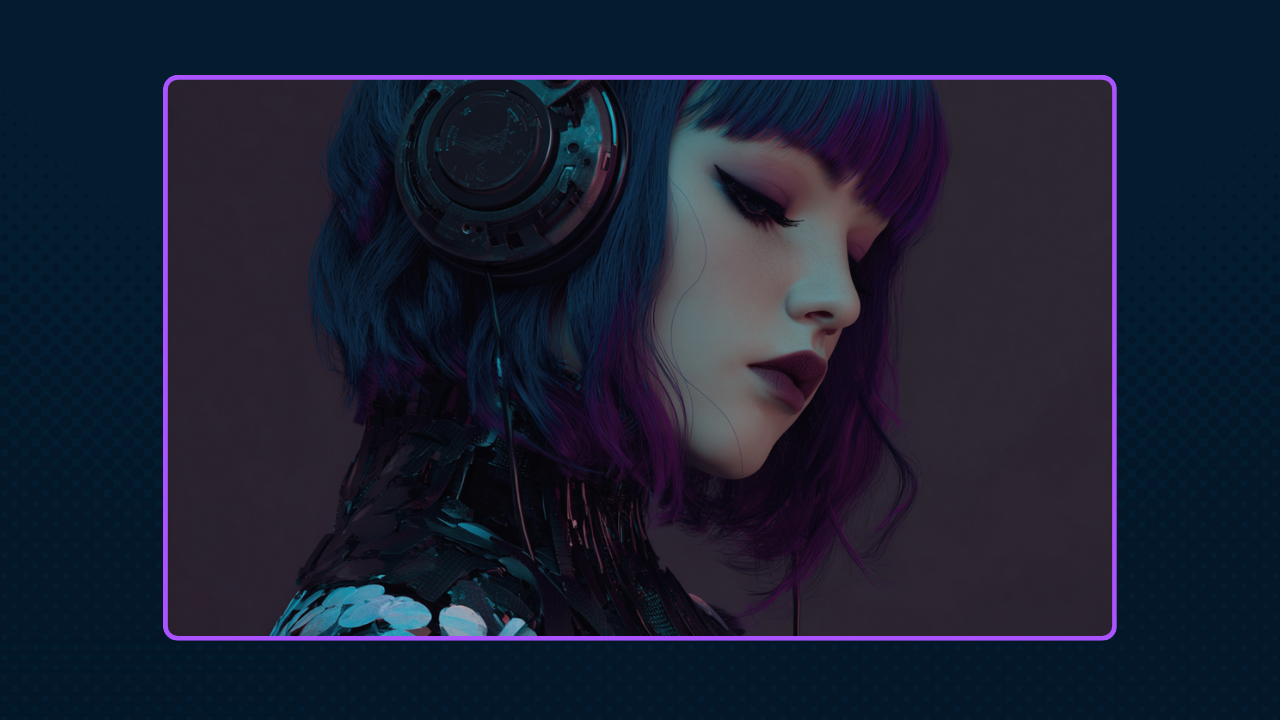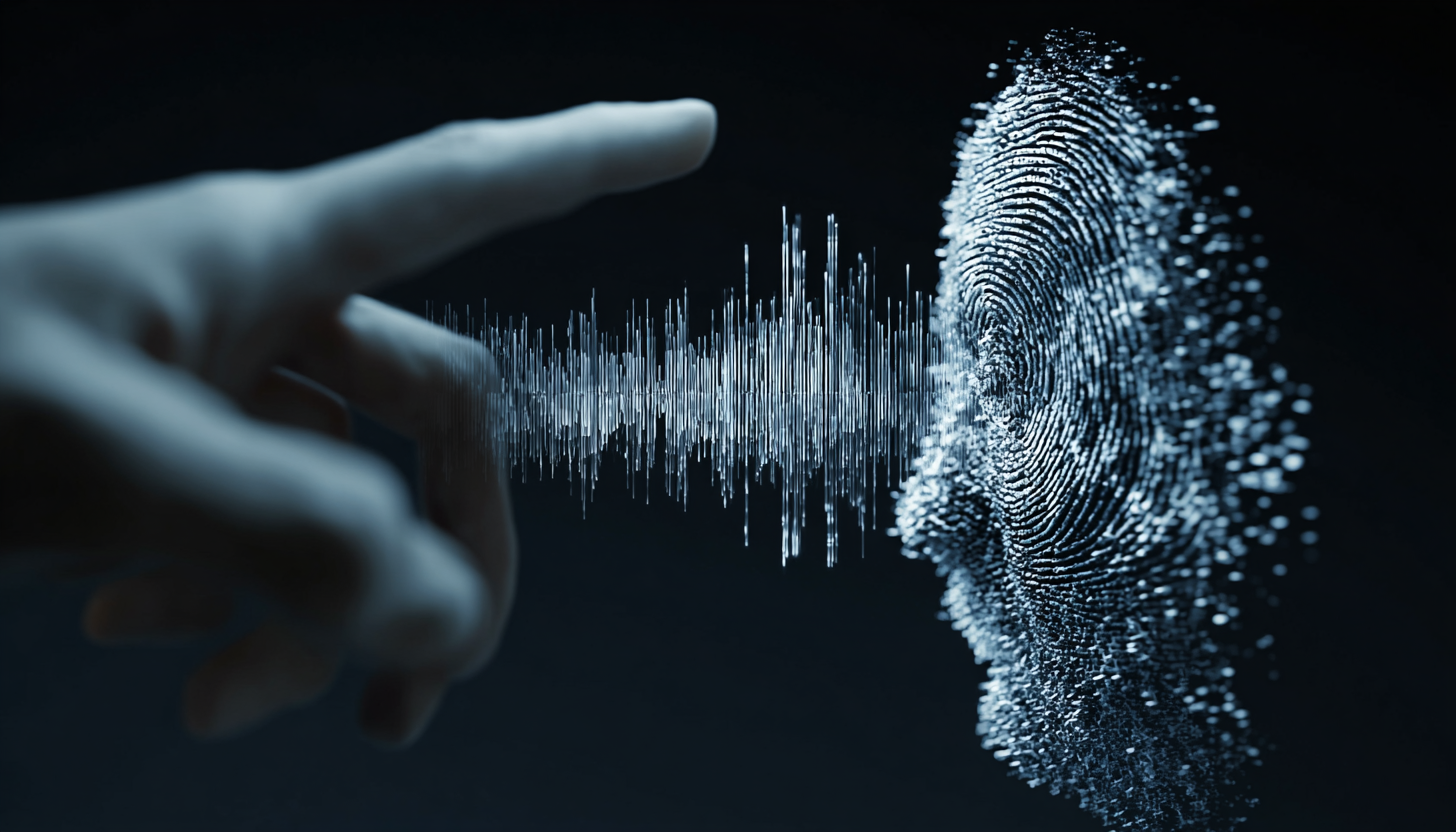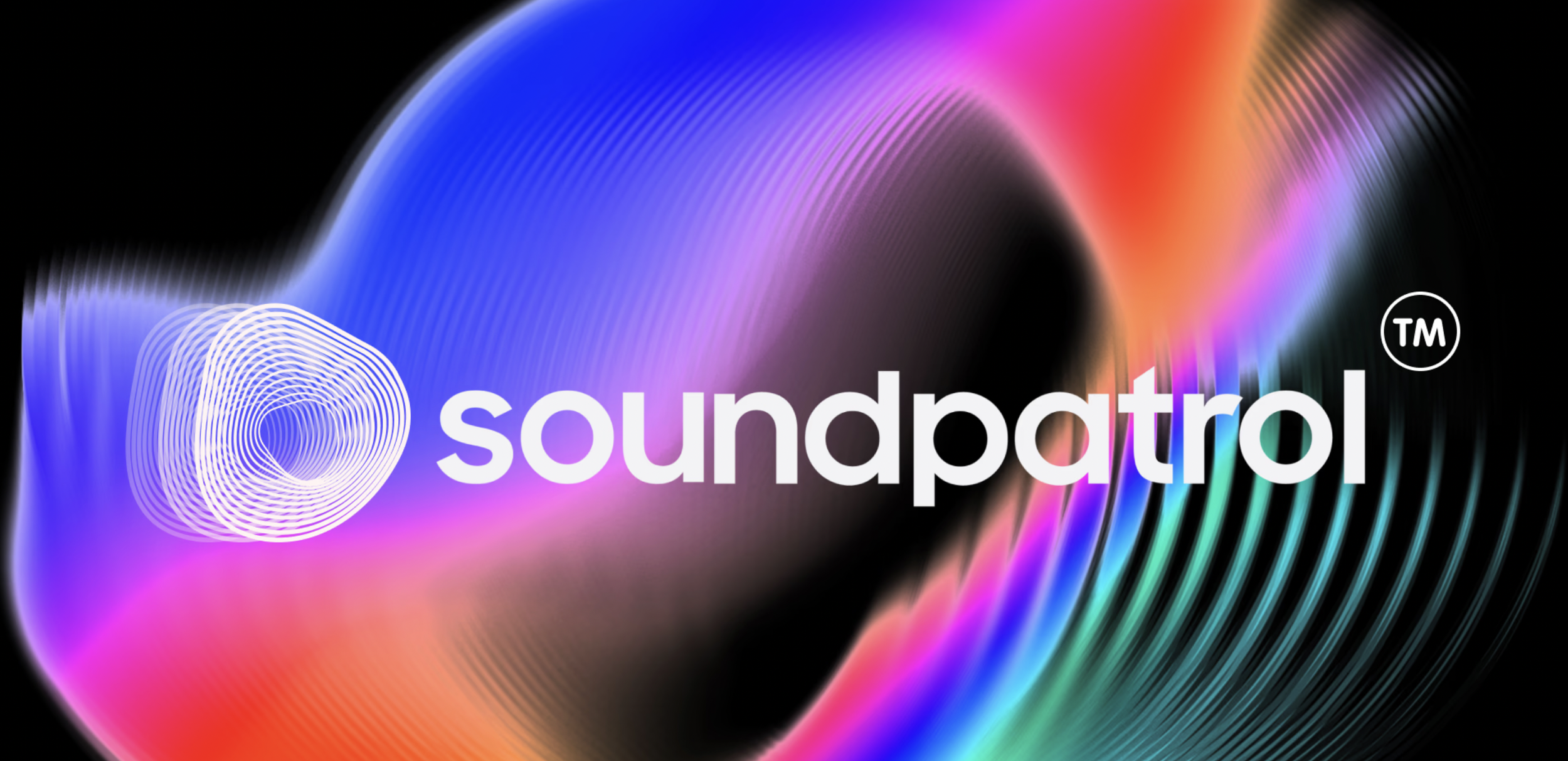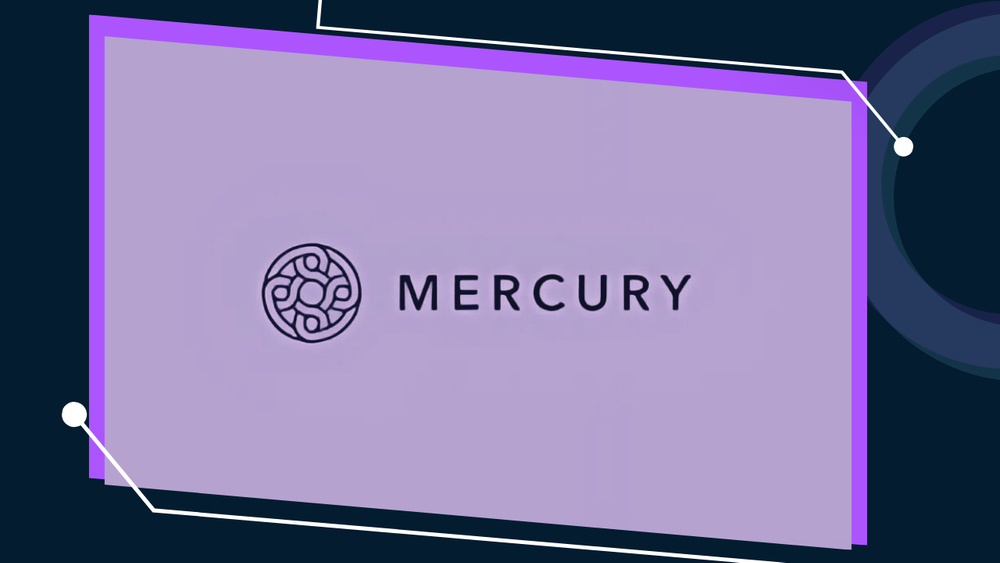New Detection Tool Targets Copyright in AI-Generated Music

Universal Music Group and Sony Music have partnered with SoundPatrol to launch a new audio fingerprinting system designed to detect copyright infringement in music, including tracks generated by AI. The tool, described as “first-of-its-kind,” arrives at a time when AI music generators are drawing intense scrutiny from artists, rights holders, and regulators.
How the Technology Works
SoundPatrol’s system extends beyond traditional audio matching. Instead of relying solely on exact comparisons, it uses what the company calls a “forensic AI model for audio-video fingerprinting.” This system is built on neural embeddings that analyze the underlying structure of a track, almost like mapping its musical DNA.
The advantage of this approach is its ability to detect human-made elements inside AI-generated output, whether they appear in remixes, covers, or derivative works. The tool is designed to identify where copyrighted music has been reused without permission, even when heavily altered.
Similar efforts are underway elsewhere in the industry. The Swedish collecting society STIM recently introduced a pioneering AI music license, showing a broader move toward building systems that can manage rights in generative music.

The Challenges at Stake
The rise of generative AI has opened new creative possibilities, but it has also created new copyright disputes. One of the core issues is that AI models are often trained on copyrighted material without the knowledge or consent of the original rights holders. Another ongoing challenge is that the outputs of these models typically provide no revenue to the artists whose work shaped the AI’s results.
By offering a way to trace copyrighted content inside AI music, SoundPatrol’s tool addresses both problems at once. It provides a foundation for enforcement and a pathway toward ensuring creators can be compensated when their work influences AI-generated tracks.
Potential for Industry Adoption
SoundPatrol has indicated plans to work with third-party platforms to implement the technology. With backing from two of the largest record labels in the world, it has the potential to become a widely adopted standard. If integrated across streaming services and AI music platforms, it could reshape how copyright is monitored and enforced in the digital era.

Photo Credit: soundpatrol.com
Looking Ahead
AI is not going away, and its role in music creation will only expand. But the systems to regulate its use are still developing. Detection tools like SoundPatrol’s represent a major step toward balancing innovation with the protection of artists’ rights. By creating ways to track and enforce ownership, the industry may finally have the means to keep pace with the speed of generative technology.
Let’s Collaborate!
Need help building the tone for your production? Hit us up – the Rareform Audio team would love to help you create the perfect soundtrack that speaks to your audience and enhances the power of your visual storytelling to new heights!
A weekly glimpse into the world of music & media with insider news, sync licensing opportunities, creative insight, and discussions.
Rareform Highlights
Unleash blockbuster-grade sound. Get your music movie-ready.
Black Sheep Music & Rareform Audio strike back in the Star Wars universe.
Rareform Audio & Black Sheep Music launch a cinematic music catalog engineered for storytelling at scale.
Black Sheep Music & Rareform Audio join forces with Bungie
Join our Spotify Playlist and vibe with us! Featuring an array of tunes our team has been listening to.
Rareform Audio, an innovative leader in music and audio post-production, specializes in custom music creation, sound design, sonic branding and a vast catalog of diverse genres. Our talented roster of artists, composers and sound designers elevate projects for film, TV, ads, trailers and video games by merging artistry with cutting-edge soundscapes.




































